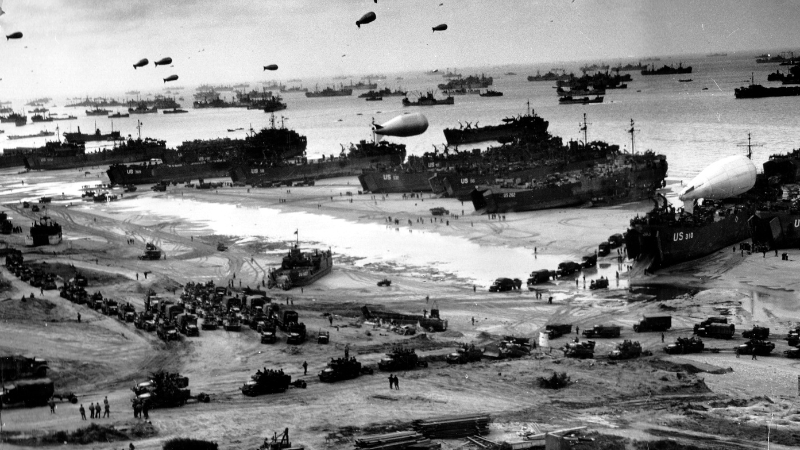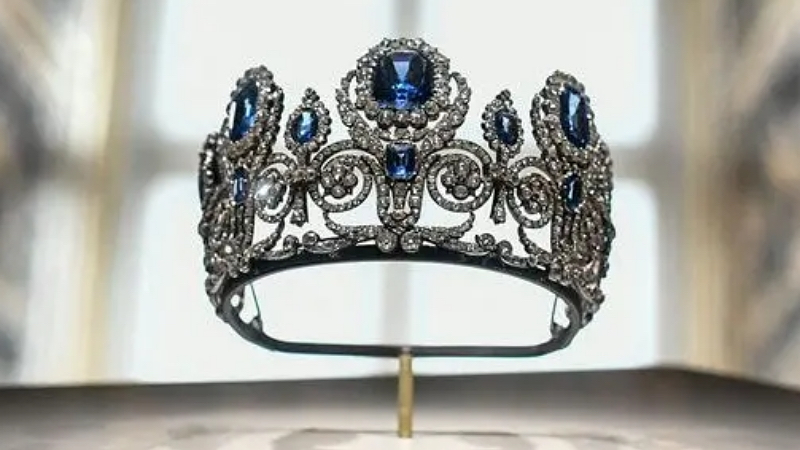|
Normandy’s historic D-Day landing beaches could finally be named a Unesco World Heritage Site with the cultural organisation now ready to consider a new application 80 years on from the event that marked the beginning of Europe’s liberation from the Nazis

Tom Anstey | Planet Attractions | 21 Feb 2024

 The D-Day landing was a turning point in World War II which eventually saw the Allied Forces victorious over the Nazis The D-Day landing was a turning point in World War II which eventually saw the Allied Forces victorious over the Nazis
The D-Day landing beaches could soon be designated a World Heritage Site, with Unesco currently considering a new application from the historic location.
Located in Normandy, the D-Day landing on June 6, 1944 during World War II represents the largest seaborne invasion in history and was the operation that began the liberation of the then Nazi-occupied France, laying the foundations for an Allied victory on the Western Front.
During the invasion, the Allies used more than 5,000 ships and landing craft to land more than 150,000 troops on five beaches in Normandy, with each using a different code name - Utah, Omaha, Gold, Juno and Sword.
The D-Day beaches span 50mi (80km) of coastline and with 2024 marking the 80th anniversary of D-Day, Unesco has been called on to recognise the site for its historical significance.
Previously Unesco had refused to classify war arenas as World Heritage Sites, but the institution has now reportedly changed its mind.
“The project to register the D-Day Beaches on the Unesco World Heritage list one that is meaningful to people, because they come from all over the world to see these beaches,” said Herve Morin, president of the Normandy Region which made the most recent application. “These places bear the universal values of peace and freedom”.
Today, the site marks the scars of the battle with a number of soldier cemeteries, while at Omaha Beach, parts of the Mulberry harbour are still visible, and a few of the beach obstacles remain. Several local museums also tell the story of D-Day and World War II.
Heritage
|
|






Supplier Showcase 2025: The biggest attractions projects landing worldwide this year
|